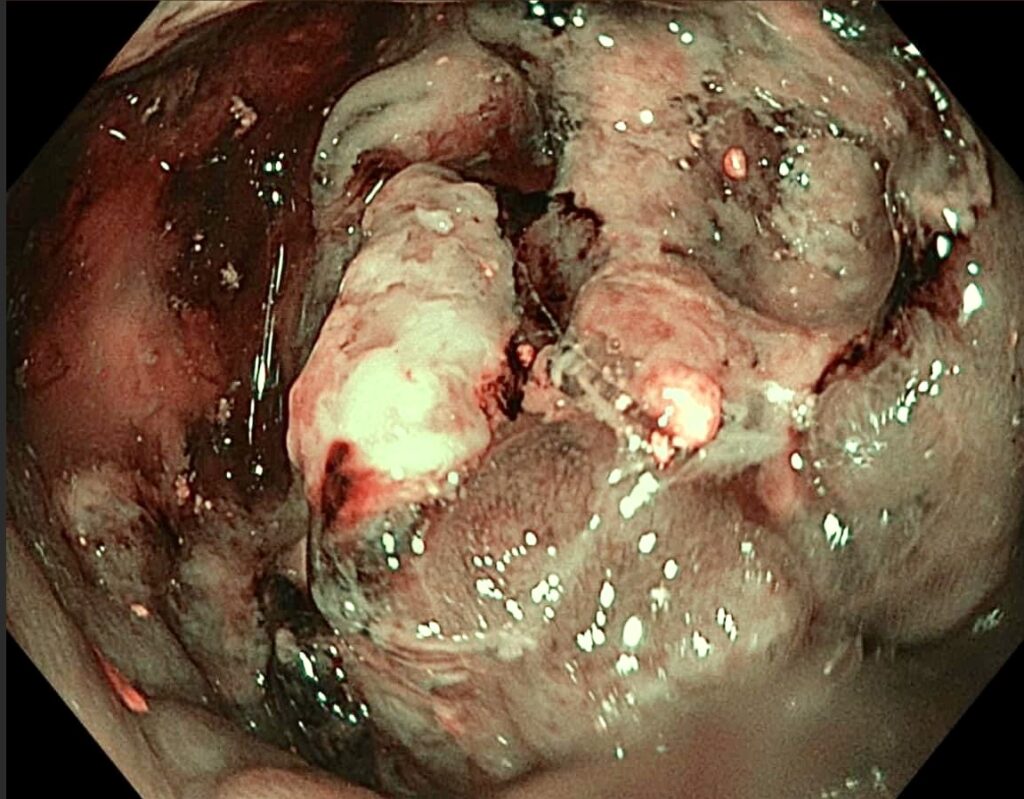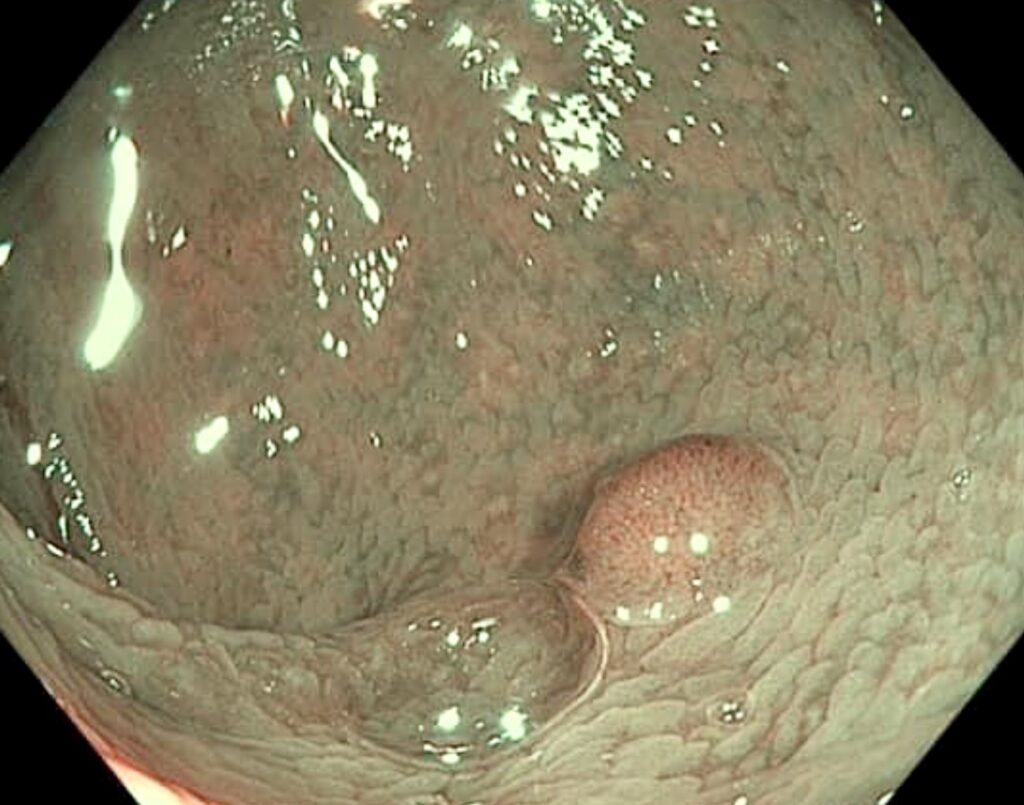By Henrylito D. Tacio
Chadwick Boseman, who made a Hollywood splash when he portrayed the Marvel superhero in Black Panther, was diagnosed with stage III colon cancer in 2016 but hid it from the world.
He “battled with it these last 4 years as it progressed to stage IV,” said the statement. During and between surgeries and treatment, Boseman delivered multiple powerhouse performances in such films as Marshall, 21 Bridges, and Da 5 Bloods.
Chris Evans, who portrayed Captain America in The Avengers series, wrote: “Chadwick was special. A true original. He was a deeply committed and constantly curious artist. He had so much amazing work still left to create.”
In the Philippines, colon cancer is the fourth most common cancer among Filipinos – after breast, lung, and liver cancers. Among those who died of colon cancer include president Corazon C. Aquino, actor Charlie Davao, and singers Susan Fuentes and Roel Cortez.

Being diagnosed with cancer may be terrifying but deaths caused by colon cancer have been dropping steadily over the last two decades, according to St. Luke’s Medical Center’s Dr. Alexandra Laya-Zinampan, whose specialties are gastroenterology and internal medicine.
“This can be attributed to the fact that colon cancer screening advocated at 50 years of age with colonoscopy not only detects the existence of pre-cancerous polyps,” she explained. “It also allows the removal of any polyps that may develop into cancer later on in life.”
Now, the bad news: the incidence of colon cancer among adults under the age of 50 have been increasing steadily. “This may be because younger patients do not notice any symptoms to prompt testing before the recommended time,” Dr. Laya-Zinampan said. “Treatment can be delayed and the risk of colon cancer causing death will again increase.”
In a news conference, Dr. Frederick Dy of the Philippine Society of Gastroenterology (PSG) was quoted as saying by Philippine Star: “Over the past year, we thought, in the gastrointestinal tract, the liver is supposed to be the number one cancer in the Philippines. But right now, it has been overtaken by colorectal cancer.”
Colon cancer is the more common name but this type of cancer also includes rectal, thus it is called colorectal (CRC). Both are often grouped together because they have many features in common.
“Colon cancer is more common among women; rectal cancer is more common among men,” says The Merck Manual of Medical Information. “About 5% of the people with colon or rectal cancer have cancer in two or more sites in the colon and rectum that do not appear to simply be spread from one site to another.”
Cancer that starts in any of these areas may cause different symptoms. Another common thing between colon cancer and rectal cancer is that, depending on where they start, the cancers develop slowly over many years.
Now, have you observed lately some changes in your bowel excretion like lesser stool and bloody? In addition, are you losing weight significantly? Don’t think twice; see a doctor immediately.

“If you are experiencing those symptoms, it might be too late already as they are warning signs and highly suggestive of colonic malignancy,” said Dr. Paolo O. Dillera, a gastroenterologist at the Lanang Premiere Doctors Hospital, Inc. in Davao City.
When discovered early, there is a high probability that colon cancer can be beaten. “Early detection is the key,” pointed out Dr. Dillera. “Colon cancer can be prevented if discovered early.”
Recent studies have shown that if the cancer is detected early, more than 90% of colon cancer patients survive after five years or more after diagnosis. But if the cancer has spread to other organs, survival plummets to less than 10%.
“That is why early detection is key to beating cancer in general,” Dr. Dillera said.
Aside from those mentioned earlier, other symptoms of colon cancer are: persistent abdominal discomfort, recurrent diarrhea and constipation, unexplained anemia and weakness or fatigue.
Regardless of symptoms, screening colonoscopy is important, Dr. Dillera said. “If you are 45 years old and above, you should get screened,” he pointed out. “It should be earlier for those who have a strong family history of colon cancer.”
The key to colon cancer is the polyps, which do not cause any symptoms. But they can be discovered by regular screenings such as colonoscopies.
“Colonoscopy saves lives,” Dr. James McKinnell, university assistant professor who also works at the Los Angeles BioMedresearch Institute in California, was quoted as saying by an international news dispatch. “The benefit is a reduction in the risk of death (from colon cancer).”
Colonoscopy usually takes 30 to 45 minutes. However, in some instances, it may take longer, depending upon what is found and what is done during the test.
“During a colonoscopy, a flexible tube with a camera is inserted into the colon, allowing the doctor to visualize the colon,” Dr. Dillera explained. “If colon polyps are found, they are usually removed. This removal is important because it can help prevent the development of colorectal cancer.”
The removed polyps are then sent to a laboratory for further examination. “The frequency of follow-up screenings depends on the type, number and size of the polyps found, as well as individual risk factors such as family history,” he said.
According to Dr. Dillera, a colon polyp is a small growth that forms on the inner lining of the colon or rectum. Not all colon polyps are cancerous but all colon cancer starts as a polyp. “Polyps vary in size and shape and can range from a few millimeters to several centimeters in diameter,” he said.
There are different types of colon polyps. The most common is the adenomatous polyps. “These have the potential to become cancerous, especially if they are large or have certain characteristics when examined under a microscope,” Dr. Dillera said.
Other types of polyps include hyperplastic polyps, which are generally not a significant concern, and serrated polyps, which have a slightly higher risk of developing into cancer compared to hyperplastic polyps.
An ounce of prevention is better than a pound of cure, so goes a saying. Since it takes time for polyps to develop into cancer, it is advisable for people who have the risk of developing the disease to undergo screening.

The two main accepted methods of CRC screening in average-risk individuals recommended by the various medical societies are colonoscopy every 10 years and fecal immunochemical test (FIT) every year.
“Colonoscopy is regarded as the gold standard for CRC screening because of its ability for diagnose and potentially remove early precancerous lesions,” says Dr. Jun R. Ruiz, a Diplomate of the American Board of Internal Medicine in Gastroenterology and a consultant at The Medical City. “However, it is an invasive test, which requires procedural sedation and has potential to cause harm.”
FIT is also a good screening method. “The FIT detects only human globin (protein constituent of human red blood) and is specific for bleeding in the colon,” Dr. Ruiz states.
“Persons who have a positive FIT are 12 to 40 times more likely to have cancer than those with a negative test. The test is repeated every year if the initial test is negative. If the test is positive, a colonoscopy is needed to rule out the presence of cancer.”
As a gastroenterologist who advocates CRC screening, Dr. Ruiz recommends a screening colonoscopy in persons between 50 to 75 years of age who are healthy and in whom the complications are low. “If the patient does not want to start with a colonoscopy, I suggest starting with FIT,” he said. “After a discussion with his physician, the patient can choose his preferred screening test.”
No one should die of colon cancer but still people do. “Colon cancer is most likely to be cured if it is removed early, before it spreads,” the Merck manual claims. “Cancers that have grown deeply or through the wall of the colon have often spread, even if metastases (spread) cannot be detected.” – ###
(Photos courtesy of Dr. Paolo Dillera)
Photo captions:
1) A colon polyp is not always cancerous but colon cancer usually starts with a polyp.
2) Here’s what colon cancer looks like.
3) This is during the colonoscopy.
4) Dr. Paolo Dillera, a gastroenterologist from Davao City.








